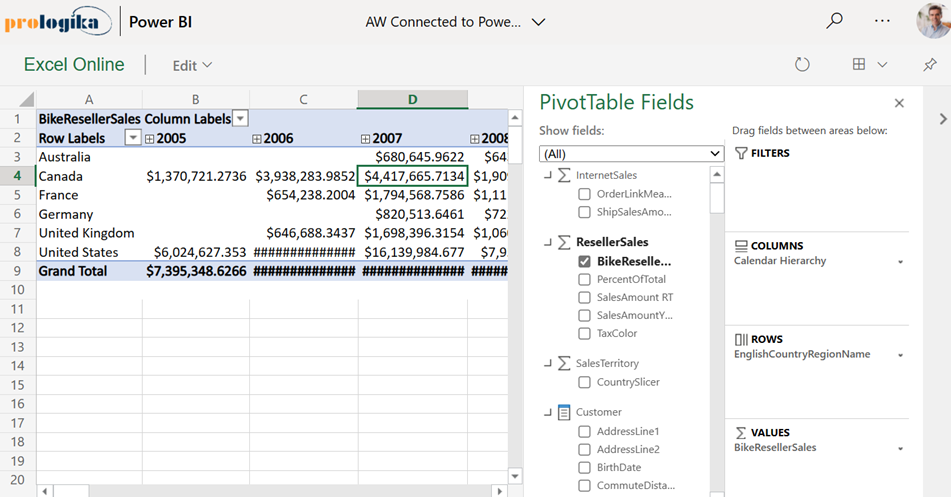Atlanta MS BI and Power BI Group Meeting on August 2nd
Please join us online for the next Atlanta MS BI and Power BI Group meeting on Monday, August 2nd, at 6:30 PM. Avi Singh (LearnPowerBI.com) will discuss how you can achieve a successful Power BI career. For more details and sign up, visit our group page.
| Presentation: | How to Create a Successful Power BI Career Without the Struggle (By “Niching Down”) |
| Date: | August 2nd |
| Time: | 6:30 – 8:30 PM ET |
| Place: | Click here to join the meeting |
| Overview: | Your Grandma was right! You cannot please everyone. And when you go out there and wave your flag as a Power BI Professional, that’s exactly what you are trying to do. And it doesn’t work. Either you get no results or have to work really hard for every inch of progress. The problem is that most professionals either miss or mess-up the first crucial step of their Power BI Career – Niching Down! In this session we’d talk about: – Why Niching down is the crucial first step towards a successful Power BI Career – How you can come up with the Niche that you should focus on – Address some of the fears you may have about niching down (a classic one is: “Oh, but I don’t want to miss out on all the other opportunities out there by niching down”) |
| Speaker: | If you are searching for a more meaningful work life as a Power BI Consultant ➔ Where you do what you love, create an impact by helping others and create a life of freedom for yourself ➔ Then Avi is dedicated in helping you achieve those goals. Hint: The classic wisdom of “Learning More” and “Working Hard” actually does NOT help you get to these goals. Avi leads a five-step program for creating successful Power BI Consultants; starting with the first step…you guessed it 😉 “Niching Down” |







